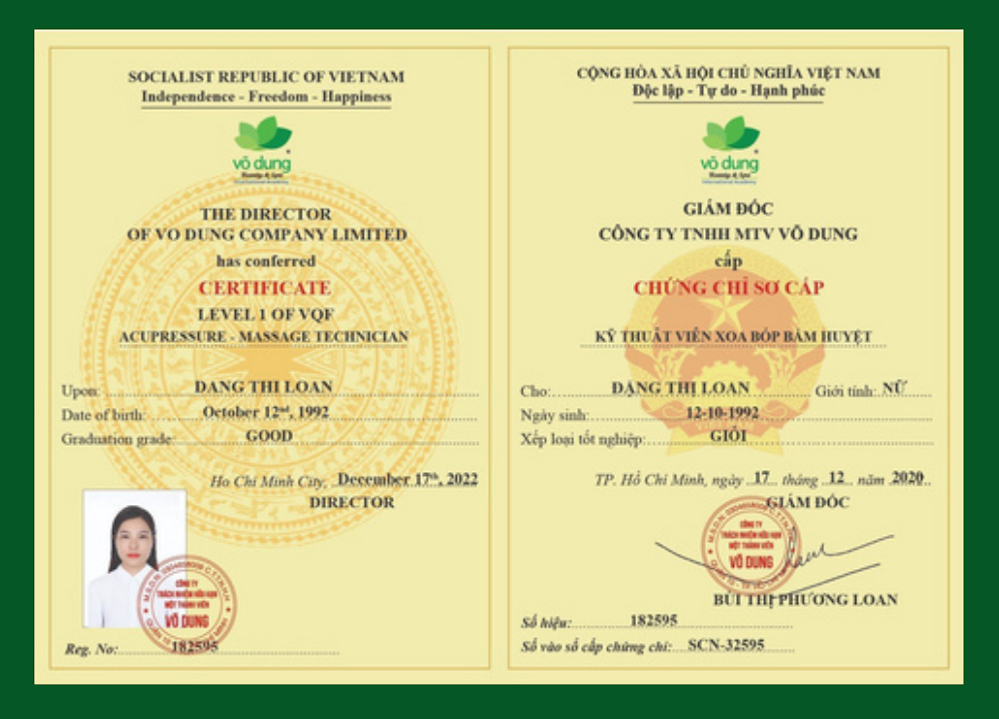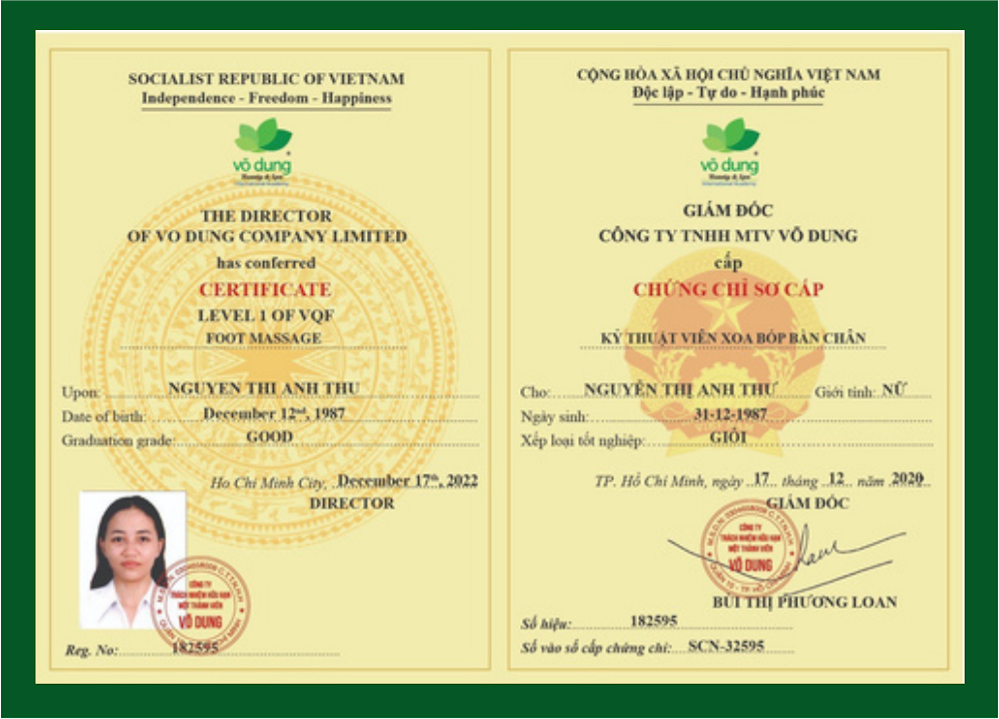16 course program
COURSE CURRICULUM
A. SPA TREATMENT
1. GENERAL KNOWLEDGE OF SPA

The Origin of Spa

Asian Spa: Mind – Spirit – Body

Overview of therapies in Spa

Herbs for Spa
2. MANAGER DUTIES

The task are performed before opening for service

The tasks during and after the end of service

The tasks that cannot be left until tomorrow

Skills needed of a manager

Key of success for a manager
3. RECEPTIONIST – CONSULTATION

Serves visitor at reception desk

Customer consulting – Make a consultation record

Customer care – Schedule appointment

Phone – Email communication
4. SELLING SKILLS IN SPA
5. HANDLES COMMON SITUATIONS IN SPA
6. PRACTICAL SKILLS IN SPA

Blending essential oil for massage

Use essential oils at reception, the massage room, and the relaxing tea room

Making herbal tea + decorating tea tray + the way to serve tea to guests

Use essential oils in sauna and steambath

Use essential oils in massage

Set up massege room, changing bedsheet and towels between two guests

Method of using, preserving and distilling massage cream with essential oils

Herbal: Practice herbal bundles – Application of herbal compress in Spa
7. SPA THERAPIES

Hydrotherapy – Thermotherapy

Stone massage therapy – Hot stone body massage

Japanese reflexology therapy (Shiatsu)

Reflexology therapy according to Traditional
Chinese Medicine

Traditional Thai Massage

Classical Swedish Massage – Aroma Therapy Massage

Blood pressure measurement, the technique of cleaning and warming the client’s foot before massage

Foot reflexology – Foot massage

Yoga therapy, Yogi and editation
B. HIGH STANDARD AESTHETIC

Waxing

Weigh loss treatment and Cellulite reduction:
- Combining methods of acupressure, hot wrap, cold wrap, and beauty equipment.
- Combination of weight loss method and diet.
- BMI and BMR index of the body.

Relaxation massage for the whole body with essential oils according to the classical Swedish method

The technique of cleaning and warming the client’s foot before massage

Intensive skin care and treatment, including:
Part 1
a) Skin structure and function
b) Physiological anatomy of Head – Face – Neck:
- Muscle structure of Head – Face – Neck
- Bone structure of Head – Face – Neck
- Supply blood to the Head – Face – Neck
- Lymphatic system of the Head – Face – Neck
- Nerves of the Head – Face – Neck
Part 2
- Skin identificaion and analysis
- Microbiology (bacteria)
- The science of cosmetics
- Radiation – Harmful effects of sunlight to the skin
- Melasma: Causes – Treatment
- Acne: Causes – Treatment
- Face lift – Wrinkle removal and skin rejuvenation
Part 3
Initial skin care procedure:
- Bed setup.
- Foot cleaning techniques.
- Drraping techniques
- Professional trolley setup.
- Makeup removal techniques for face, eyes, and lips.
- Professional facial cleansing techniques.
Skin care procedures under international medical standard
Massage technique according to international standard

Method of using a professional beauty machine:
+ Electric current
- Principle of operation
- Precautions
- Operating procedures
+ Transfer of aesthetic equipment technology
- Indirect high frequency equipment
- Direct high frequency equipment
- Vacum suction equipment
- Ion Galvanic – Desincrustation equipment
- Ion Galvanic – Iontophoresis equipment
- Muscle stimulation Faradic equipment
- Ultrasound equipment
- Steamer equipment
- Face lift Hifu equipment
- Laser machine for melasma – Wrinkle removal

Pratice treatment process in aesthetic:
- Cleansing the body with salt or herbs, body polishing,
herbal wrapping, moisturizing the skin (body scrubs, body wraps, body baths, moisturizers).














